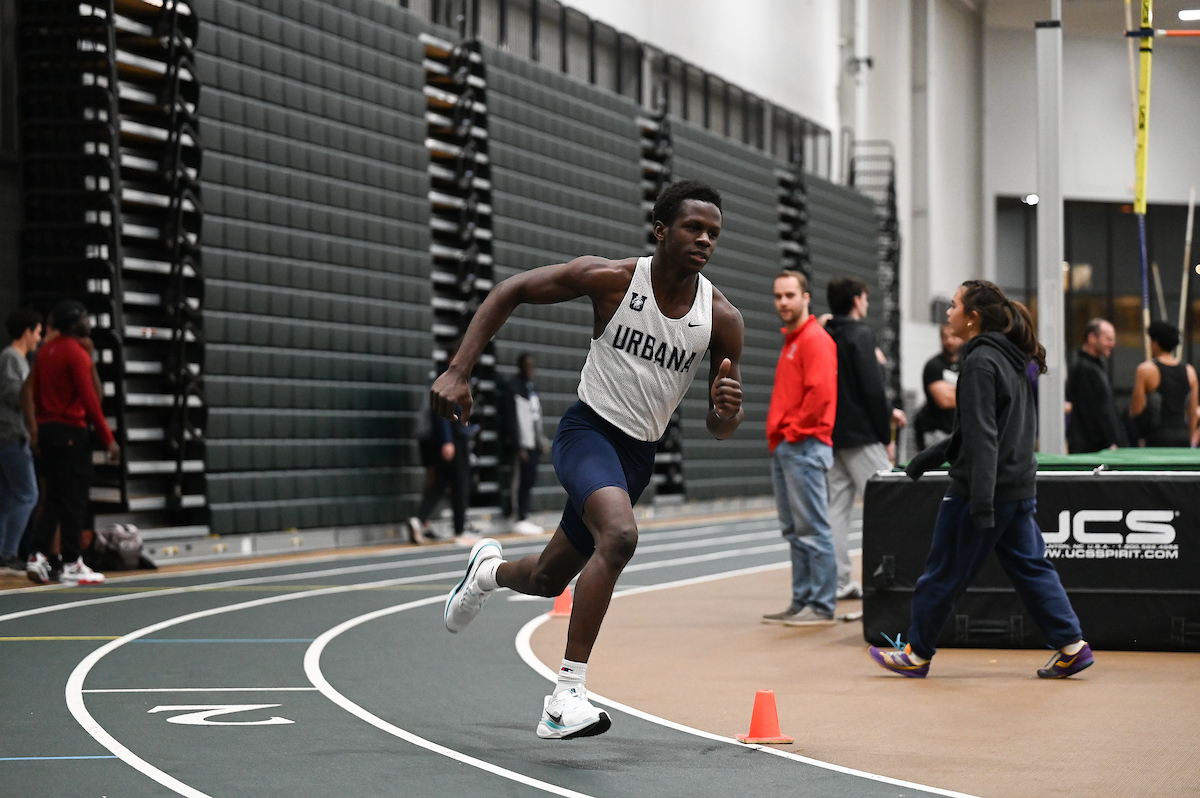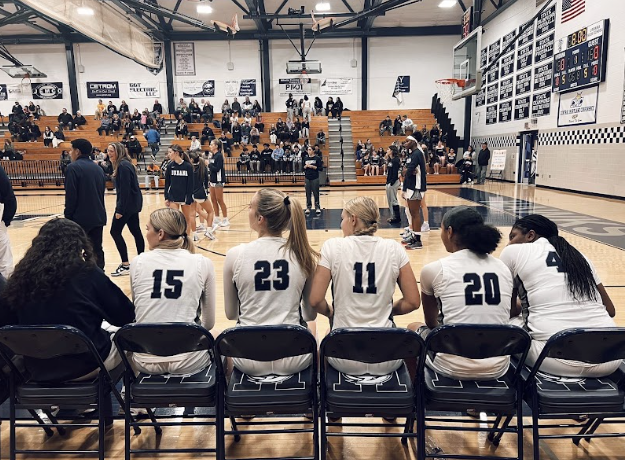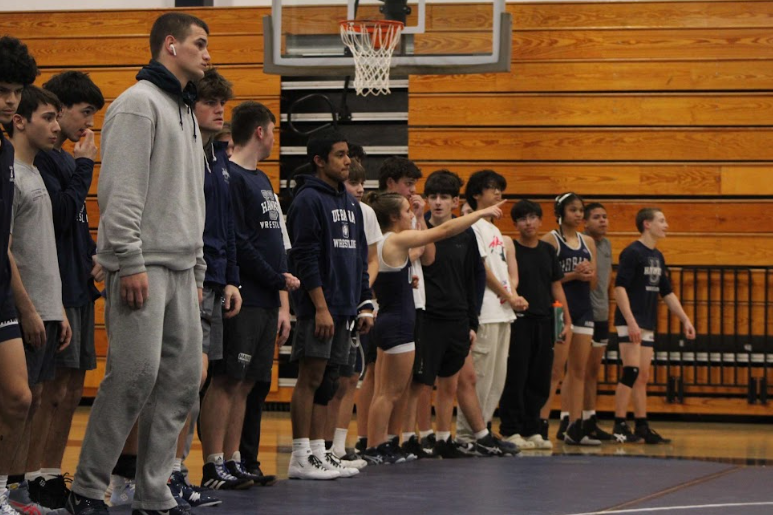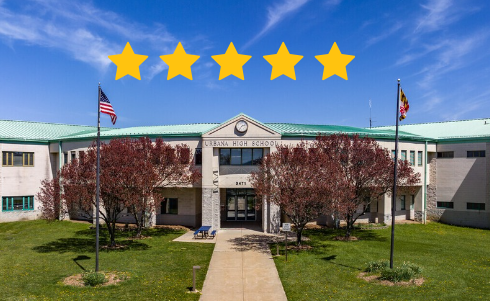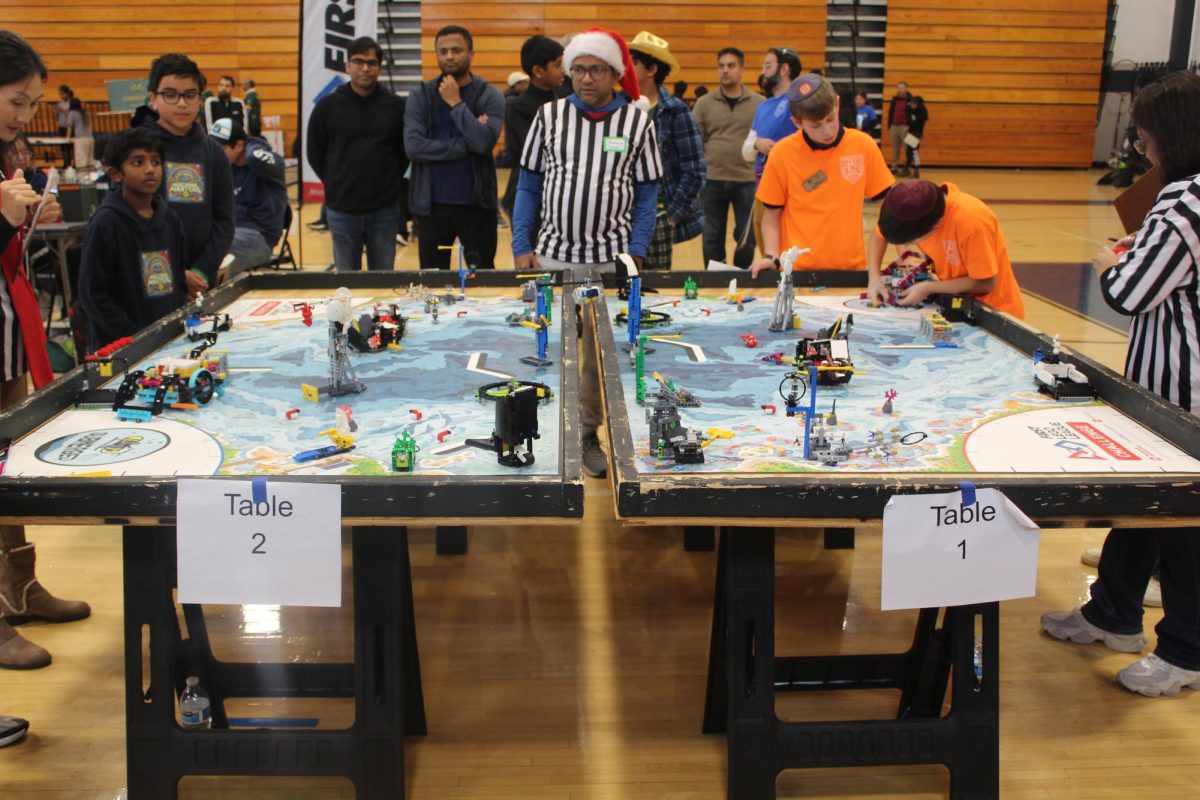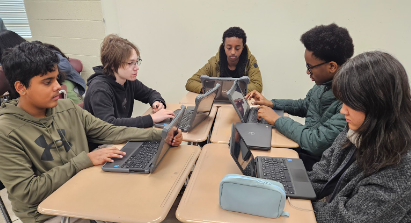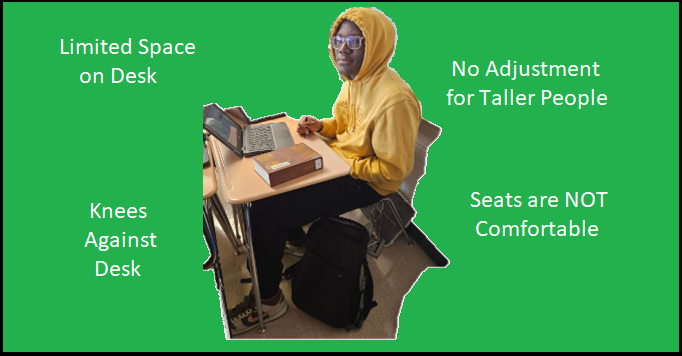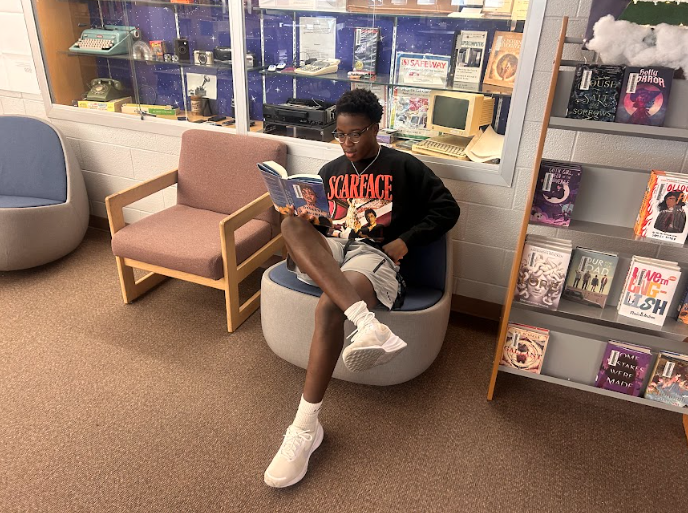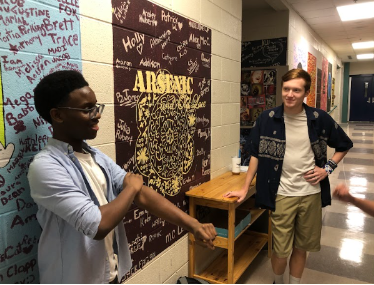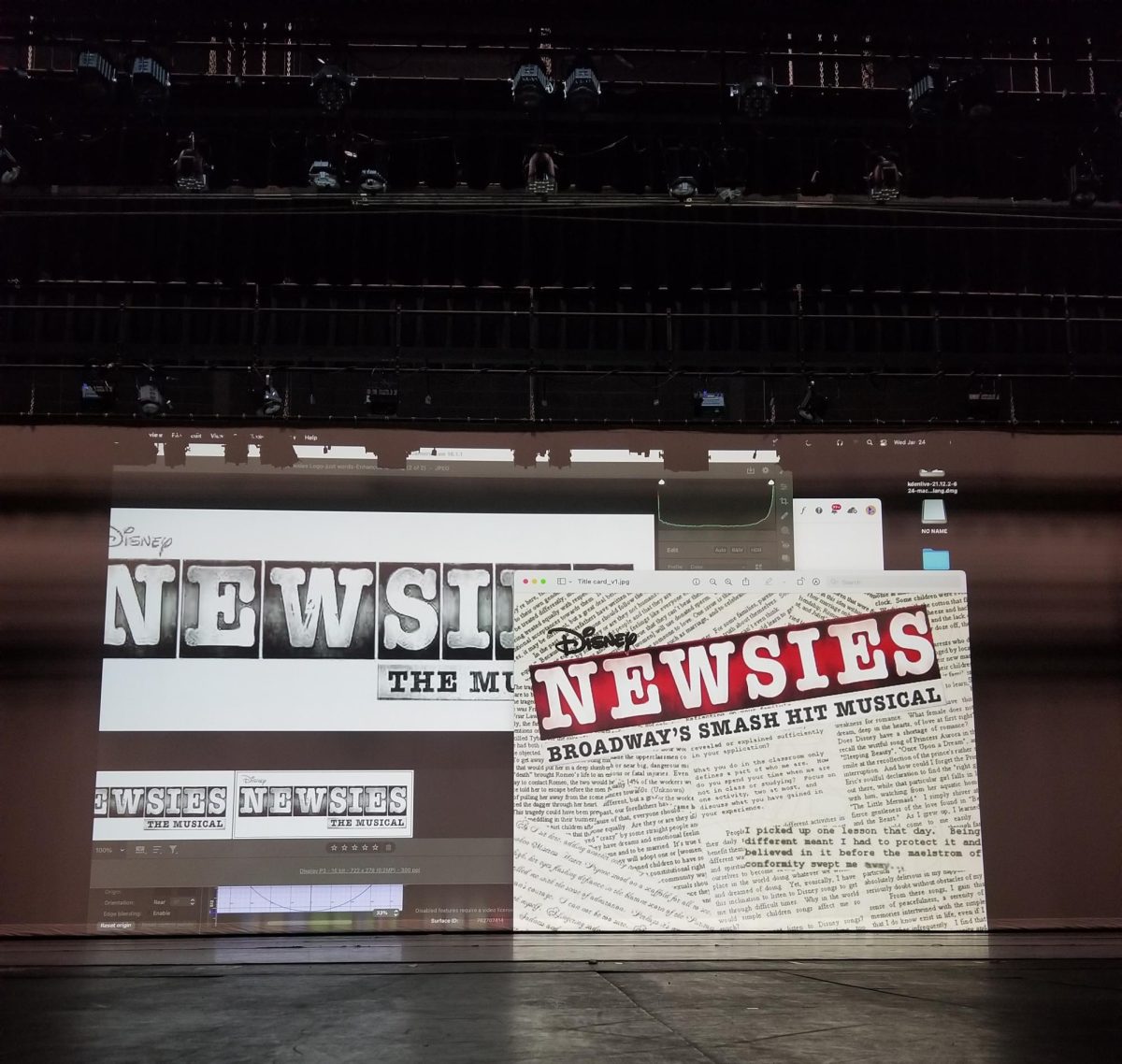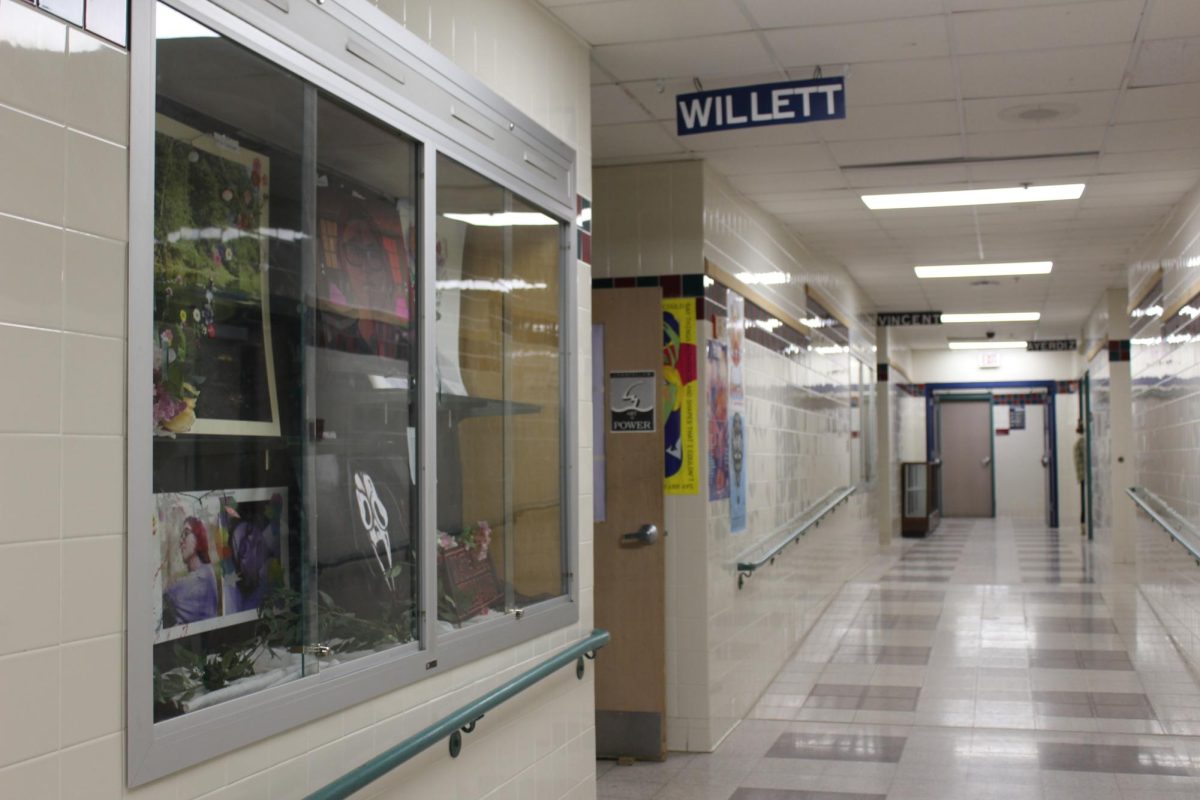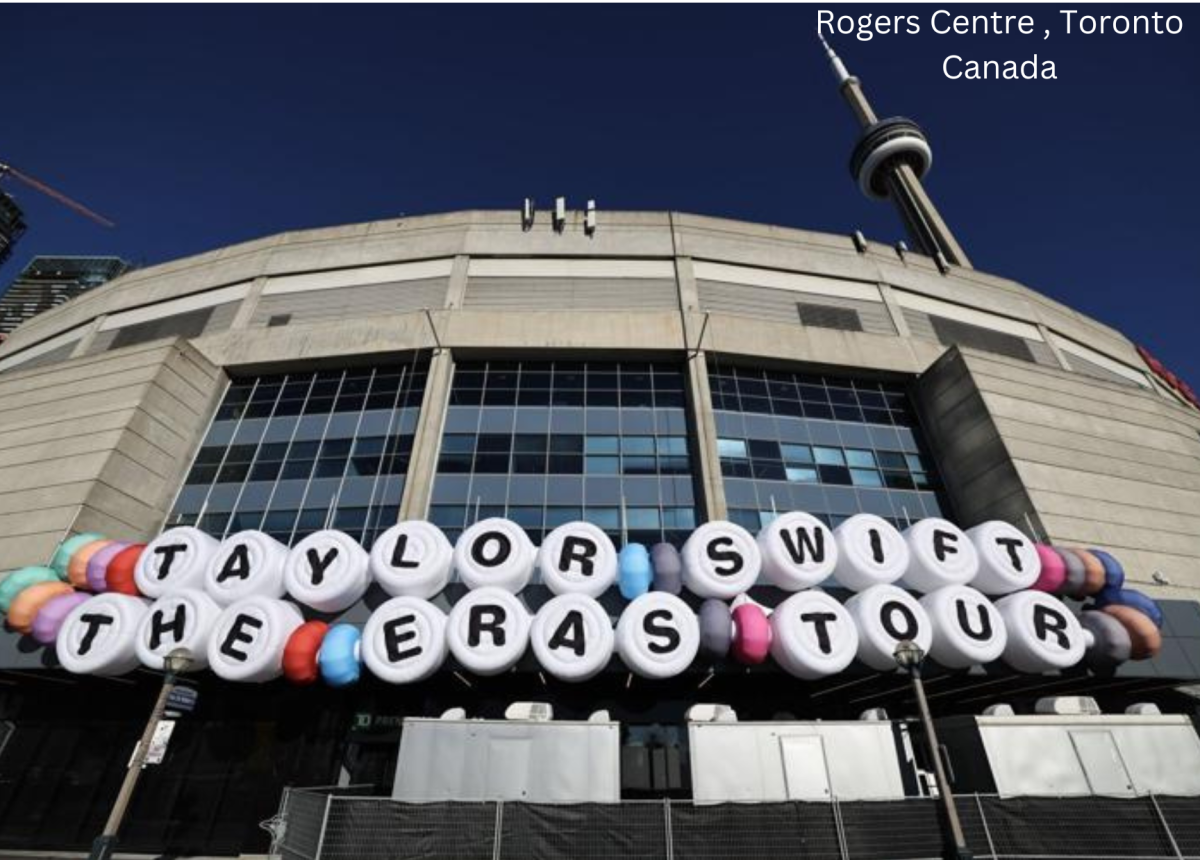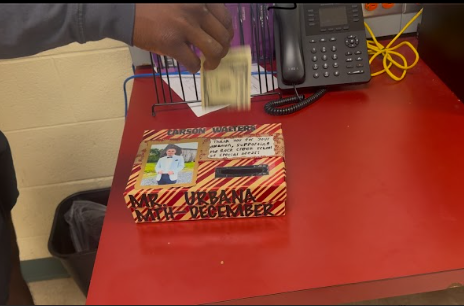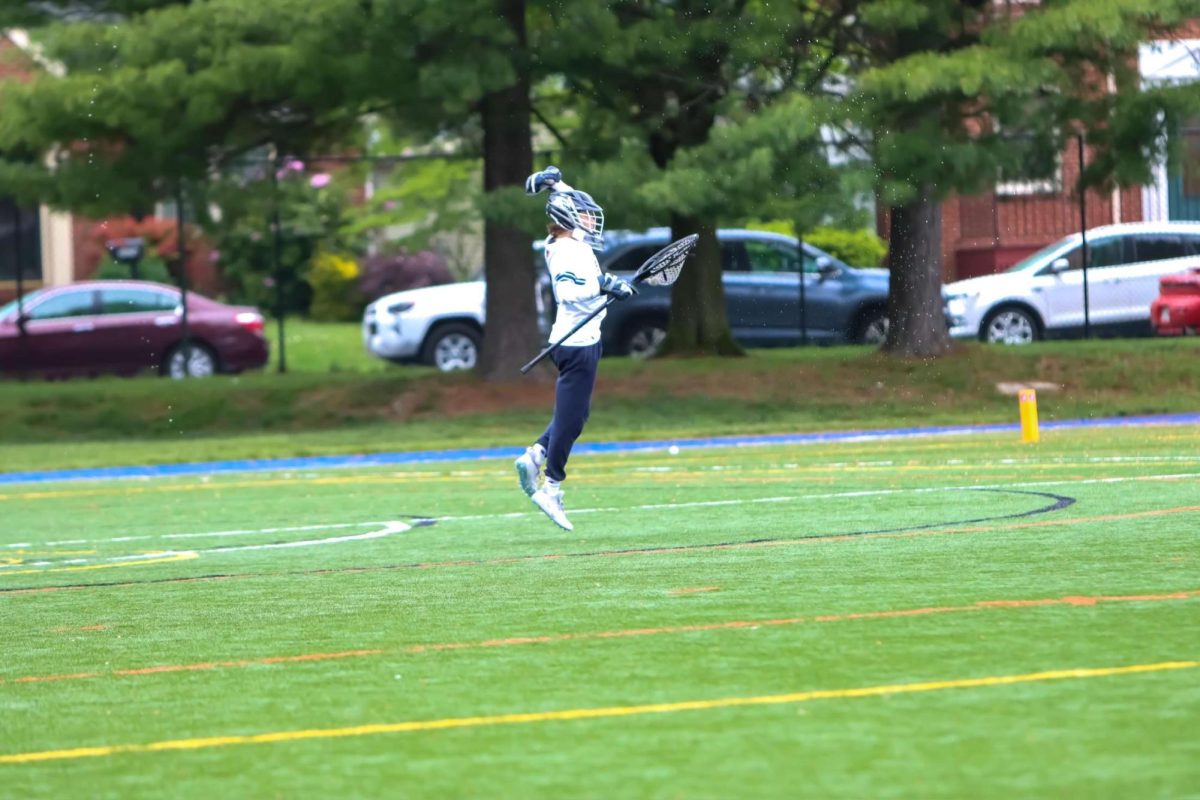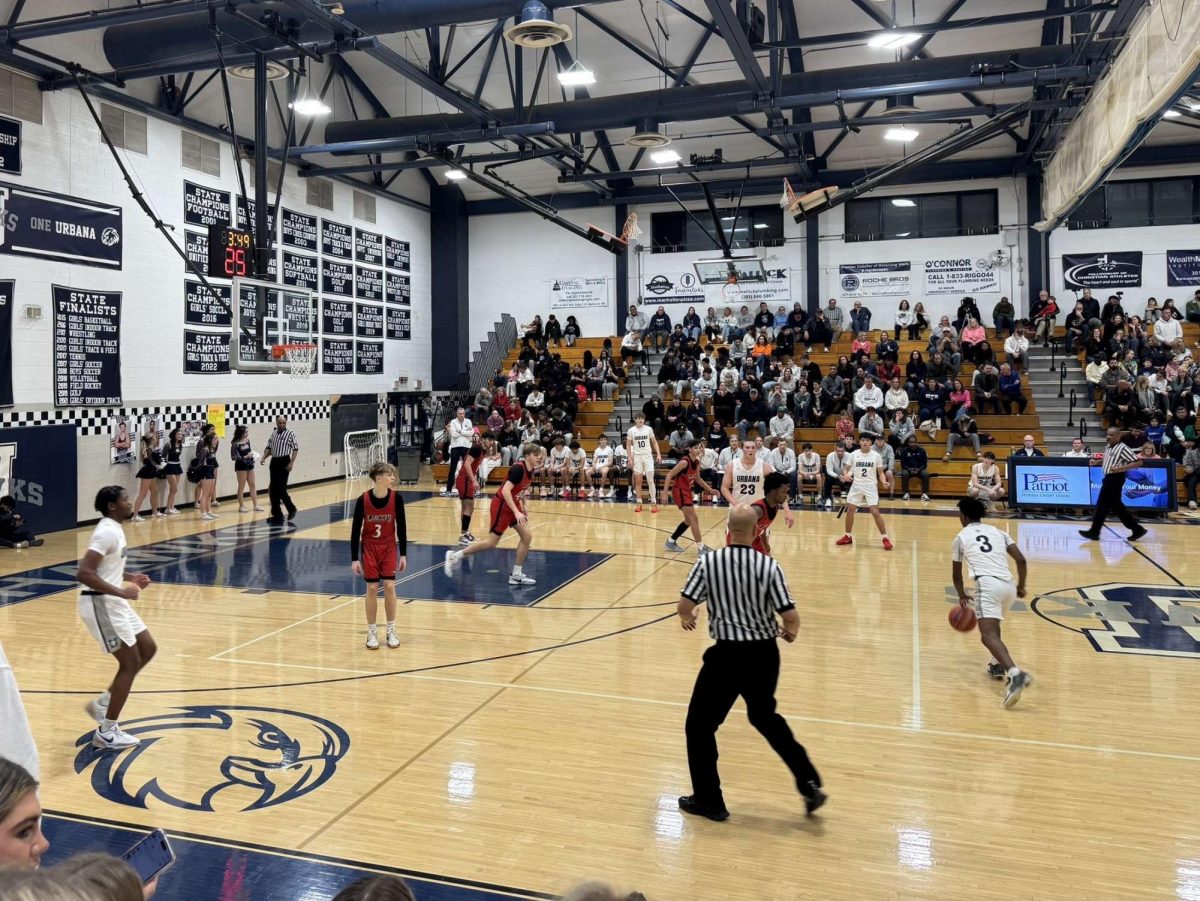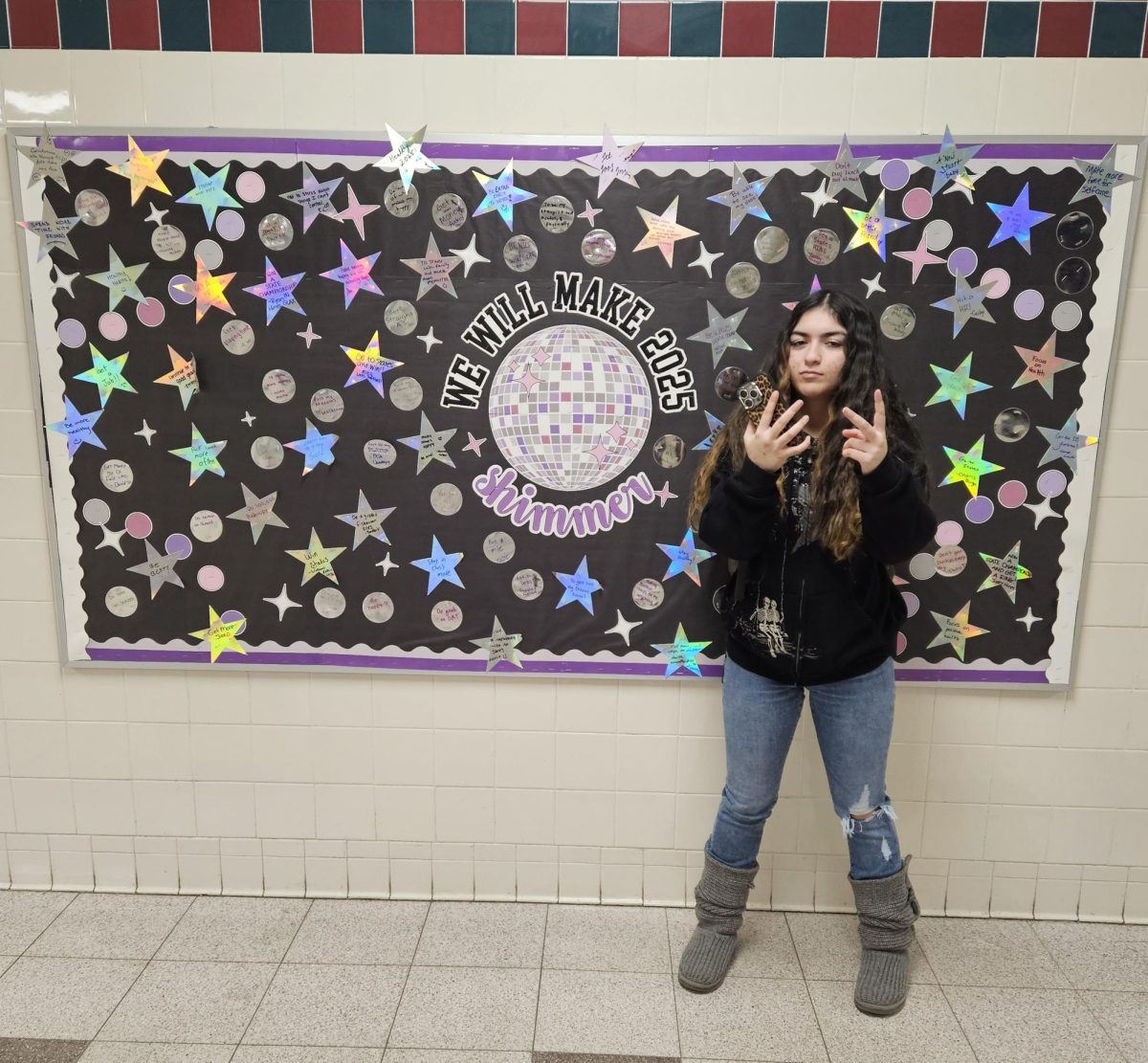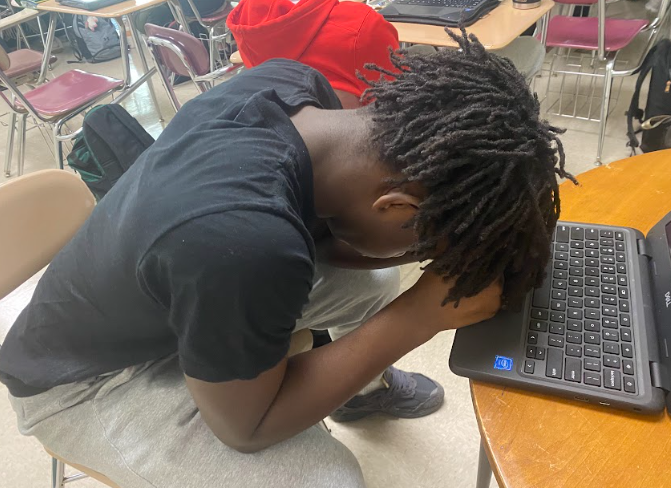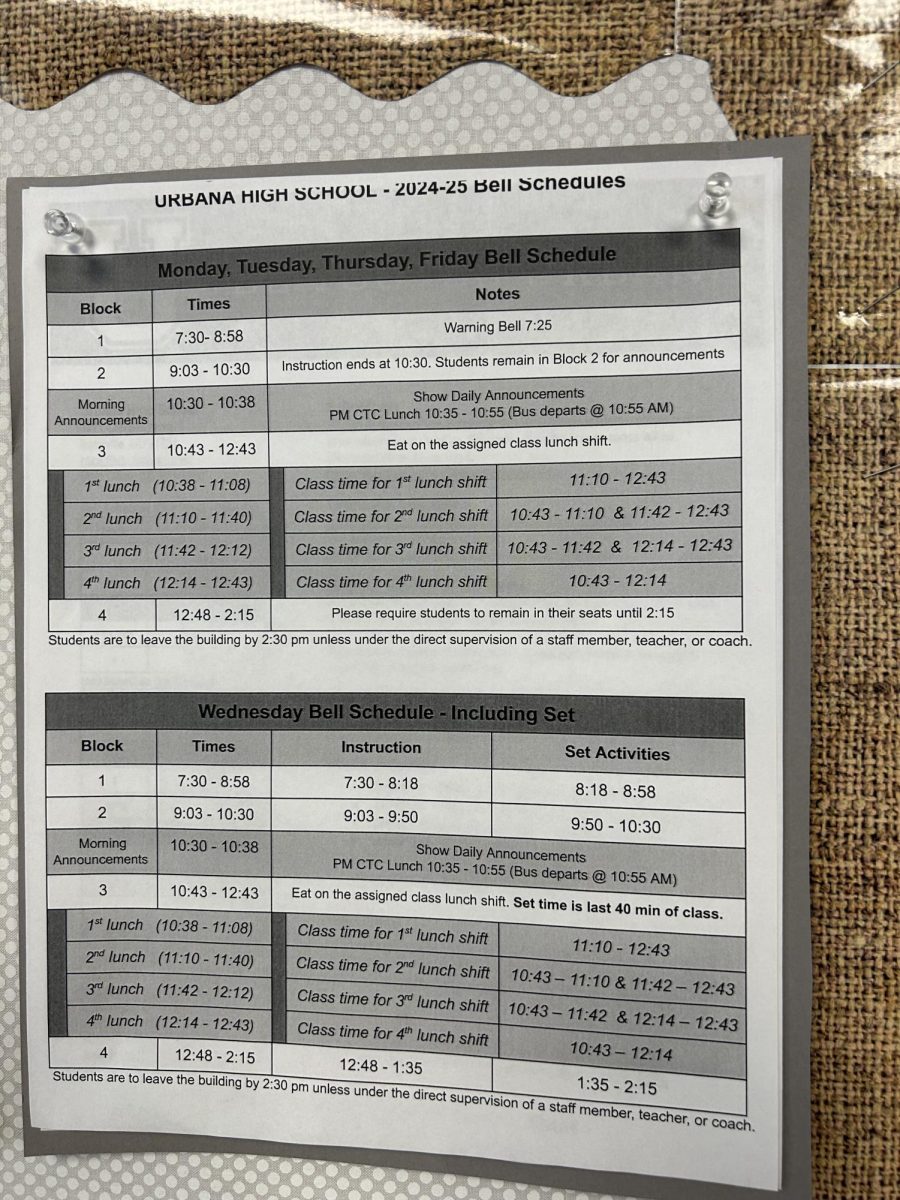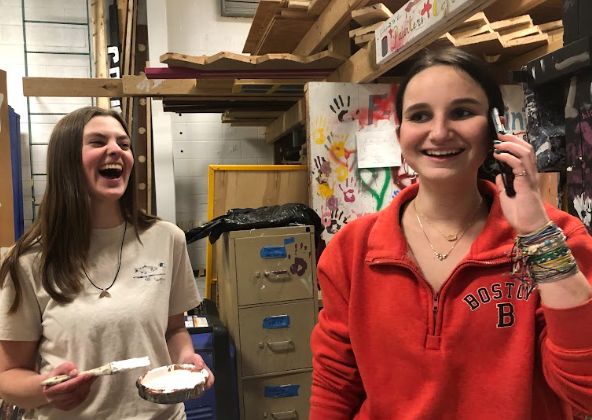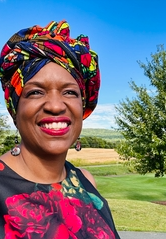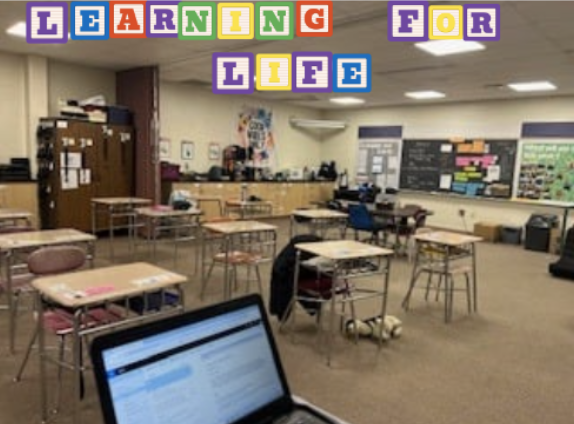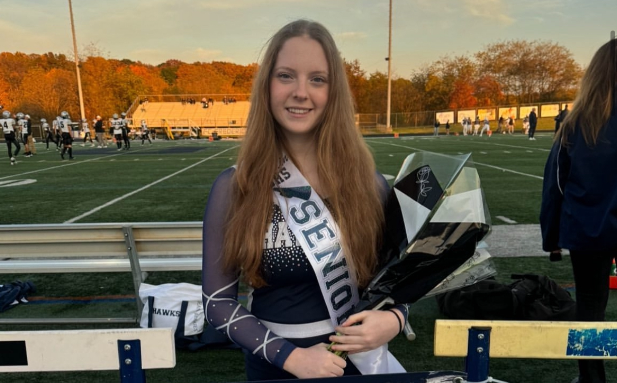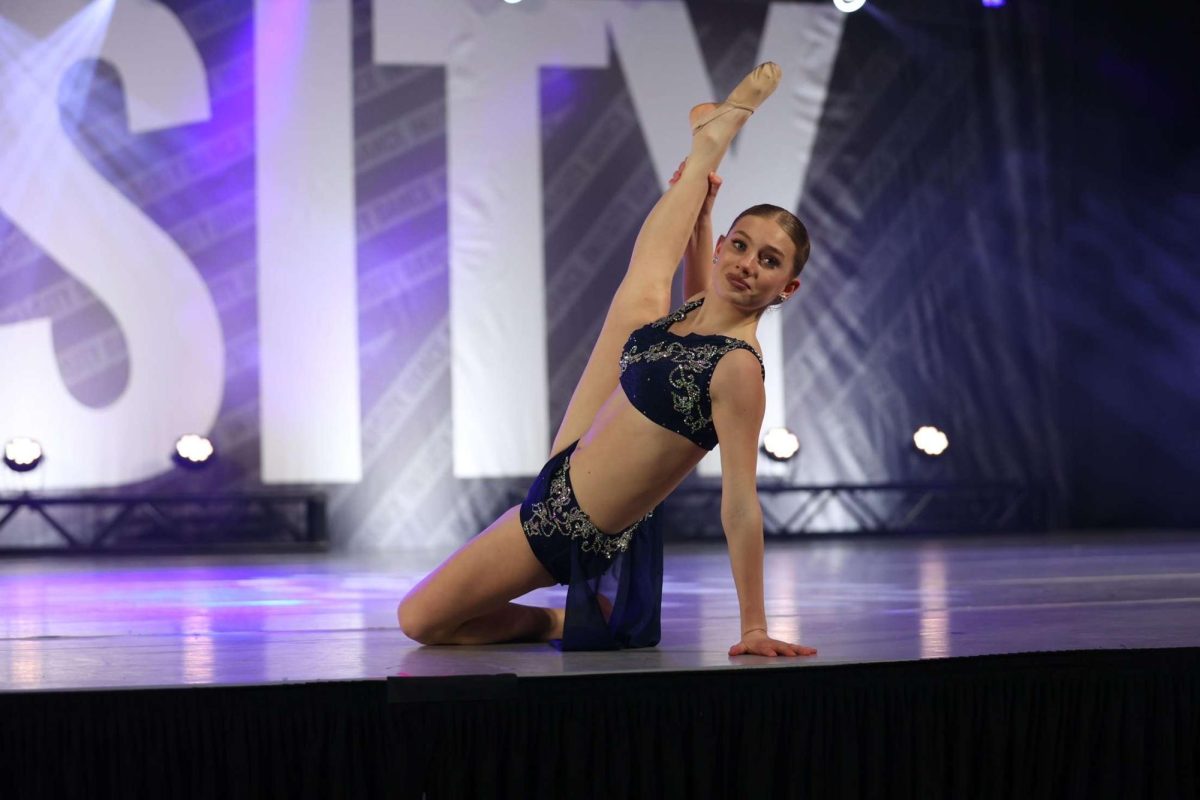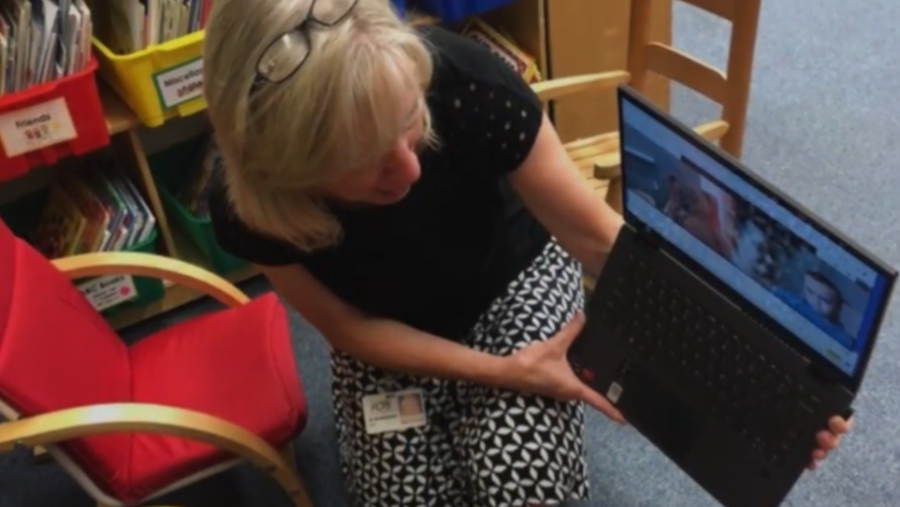The other side: What UHS teachers are saying about virtual school
November 19, 2020
Virtual school has been a dramatic shift for us all. Students have had to adjust their schedules and their learning styles, anxiously refreshing Schoology for assignments and obsessively checking our emails for FindOutFirst updates on the status of the school year. We’ve gone from copying our homework off the whiteboard to closely watching the “Upcoming” sidebar on the Schoology homepage, as well as countless other virtual programs our education is now spread across. In the midst of all this change, you may be asking the question: how are UHS teachers coping with this new normal?
I asked several UHS teachers about their experiences with virtual school so I could learn about the other side of this dramatic shift in the education system. When asked about what they missed most about traditional learning, teachers responded with resounding nostalgia for the personal connections they once shared with their students. “The hardest part [of virtual school] has been not being able to meet my students in person and see them daily,” Ms. Willet told The Hawkeye this November. As an art teacher, she admitted that virtual school fell short when it came to some key aspects of a visual art class, such as observing her student’s creative processes and witnessing their production of art.
Social Studies teacher Mr. Frush held similar concerns, claiming he missed the “impromptu interactions with students” that just aren’t as possible within the boundaries of a Google Meet session. “Last year, I knew my kids,” he explained when asked to relay the discomfort he found within the virtual setting, “This year, I have never had the pleasure of being in the same room with many of those I teach.” As educators, our teachers expect to interact with students and take pleasure in creating personal connections with us. Virtual school seems to have taken away this part of an educator’s role, and, based upon the responses of many of the teachers that I interviewed, it is much to their dismay.
Along with these inhibitions to the educating experience, the online aspect of distanced school has come with its own challenges for teachers. Ms. Willet shared that the shift to “virtual [school] required learning very quickly how to use technology that teachers were not familiar with or hadn’t used before.” As with students, teachers fall on a spectrum of technological literacy, and they can’t all be expected to know how to use the countless programs they must use to do their jobs. However, being expected to use these programs is now a part of their jobs as teachers amidst a global pandemic.
Ms. Stuart, Fitness For Life teacher and coach of the girl’s field hockey and tennis teams shared with me her struggles during this virtual school year. “I have had to learn a bunch of new technology and tools to navigate the online google meets,” she lamented in alignment with Ms. Willet’s concerns. Along with learning new skills at the computer, she’s also had to adjust her curriculum to align with an online format. “I have had to adapt all of my workouts to at home activities that only require equipment that can be found at home,” she shared.
Alternatively, Mr. Frush shared that the greatest adaptation he has faced during this virtual shift has been “providing students with lots of varied activities and much more support than in the past.” As our education is spread across separate platforms that have been met with varied levels of recognition within the student body, it has been an adjustment for teachers to keep track of such diverse methods of assigning work. “I try to keep my instruction very clear and consistent,” Frush explained, noting that when teaching in a virtual classroom “it is important to be thoughtful about ways to avoid potential trouble down the road.” It’s hard enough to communicate to a class you can see, but when the majority of students appear as mere alphabetical icons, it can be difficult to be sure your words are coming across cohesively to your class. Mr. Hayes, AP english teacher, shared this same concern, noting that “the kids who are more likely to struggle in a virtual setting are the ones who are more hesitant to reach out and ask for help.” Aside from technical glitches, teachers also have to keep in mind their student’s willingness to ask for help on assignments. Making sure students understand is just another barrier educators face in a virtual setting, especially in subjects that are better taught using visual and kinetic devices.
Despite these challenges and changes, many teachers have remained positive, claiming our experiences with virtual school could change future methods of educating. “I think the students ease with using technology and the convenience of it can work in a positive way to create good teaching and learning opportunities for all,” noted Willet when asked if she preferred to teach virtually or traditionally. “I really would love to see integration of both as we go into the future,” she explained, believing virtual school has uncovered new possibilities towards a more efficient learning environment.
Mr. Hayes answered the same question with similar hopes. “I think I would prefer a kind of a hybrid”, he said, claiming he believed there were real benefits to virtual learning. Although he shared a downside to virtual school was that “more of… life is consumed with teaching,” and that “the seven hours of what would be a normal school day spills into 24 hours,” he also noted that this round-the-clock school day was kind of a good thing. “If I wake up at three in the morning and my head is full of ideas,” he started with a smile, “I can go to my computer and do some lesson planning or grading.” Within this period of virtual learning, we’ve somewhat been given the opportunity to learn at the times that work best for us, and the same goes for teachers. “I like being available for students to check in and email me and ask questions,” Hayes added when defending this twenty-four hour school he described. Although strenuous, this constant school does give teachers the chance to be as helpful as they can to students studying during times outside of the normal school day.
When sharing his compliments to the virtual school system, Mr. Frush took the chance to reflect on Covid as a whole. “In a way,” he began, “Covid has forced us to redesign the way we do things and has also pointed out that building strong relationships is now more important than ever.” He believes that this time of uncertainty in relation to schooling has grown student’s appreciation “for the importance of getting a great quality education.” When asked what he liked most about virtual school, Frush mainly praised its benefit to his students. “Many students actually enjoy learning virtually,” he observed, noting afterwards the group of students who he’s noticed learn much better in a traditional classroom. However, he admitted to his partiality towards virtual school, saying that traditional school didn’t allow much time to “ redesign lesson plans, effectively give all students feedback on assignments, grade, and collaborate”, while with virtual school, he’s given the chance “to be a better teacher for [his] students.”
If this pandemic has taught us anything, it’s that we’re capable of adapting. Through some of these adaptations, such as virtual school, we’ve been able to evaluate the importance and benefit of change. Although not everything about this virtual year has been perfect, both teachers and students seem to be able to come to one agreement: the future of learning will not be the same after this school year. Whether you like virtual school or not, it’s undeniable that the experience has changed our minds about what was once thought possible in the classroom. As with anything, us UHS students and teachers will work together to make this the best not-at-school school year it can be as one team, one Urbana.

